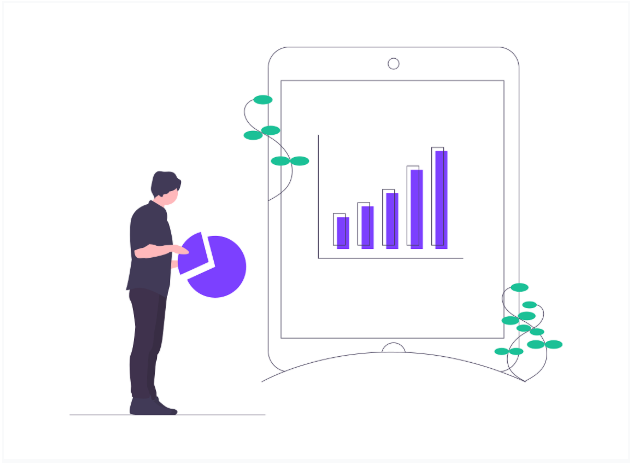In an age-based so heavily on metrics and analytics, attribution models hold sway over much of a business’s operation. This is especially true when considering the ever-important return on investment. With attribution models tracking the necessary factors to ensure that the ROI can be calculated with as much accuracy as possible. The issue, however, is that many attribution models focus on a single factor at a time. Only viewing social media or specific advertisement models – without understanding the whole picture.
Multi-Channel Attribution models
These can be intimidating when first starting out, but they can also be the solution to the issue presented by single-channel attribution models. Multi-Channel attribution models do exactly what the name suggests, in that they pull information and metrics from multiple channels instead of a lone source. This gives a much fuller view of the information at hand, helping to enhance ROI through vastly increased understanding of the metrics at hand.

Why Use Multiple Channels?
There are some that view multiple attribution channels to be a hassle, and that it simply serves to complicate things. This simply isn’t true. When working towards a full advertisement spectrum and taking stock of where most customers are interacting with your business, you should be as knowledgeable as possible.
Multi-Channel attribution plans aid your return on investment by allowing you to see where it shines most. Plans can be tailored around knowing where customers interact with you, and which channels need to be focused and strengthened, or outright scrapped. Rather than paying attention to a single metric, a multi-channel attribution model will take all channels and account for all information available.
How Does It Increase ROI?
Knowing the metrics of more channels won’t increase ROI on its own. Information is reported to help marketing teams and business operators see where their projects are falling short. It also highlights what they’ve been doing to help their project shine brighter. Multi-channel models can account for direct traffic, social media, interactions with purchased ads, and any other channel to give a complete overview of all available interactions. Once this has been reported, business operators will have all the information they need to focus their efforts and watch their ROI increase dramatically.

What Channels Mix Well?
When it comes to adding channels to a multi-channel plan, it’s important to pick those that may go together better than others. Consider keeping tabs both on social media and email channels simultaneously, as this can give a better, fuller view of online presence. Paying attention to direct interactions as well as direct traffic can help see not only when traffic surges, but what leads to those surges.
All of these factors combine to aid marketing teams and business owners to see where best to focus their efforts. With this increased knowledge comes a full overview of interactions to ensure that no action goes wasted. Return of investment is certain to increase as the knowledge and understanding of customer interactions throughout multiple channels increases.